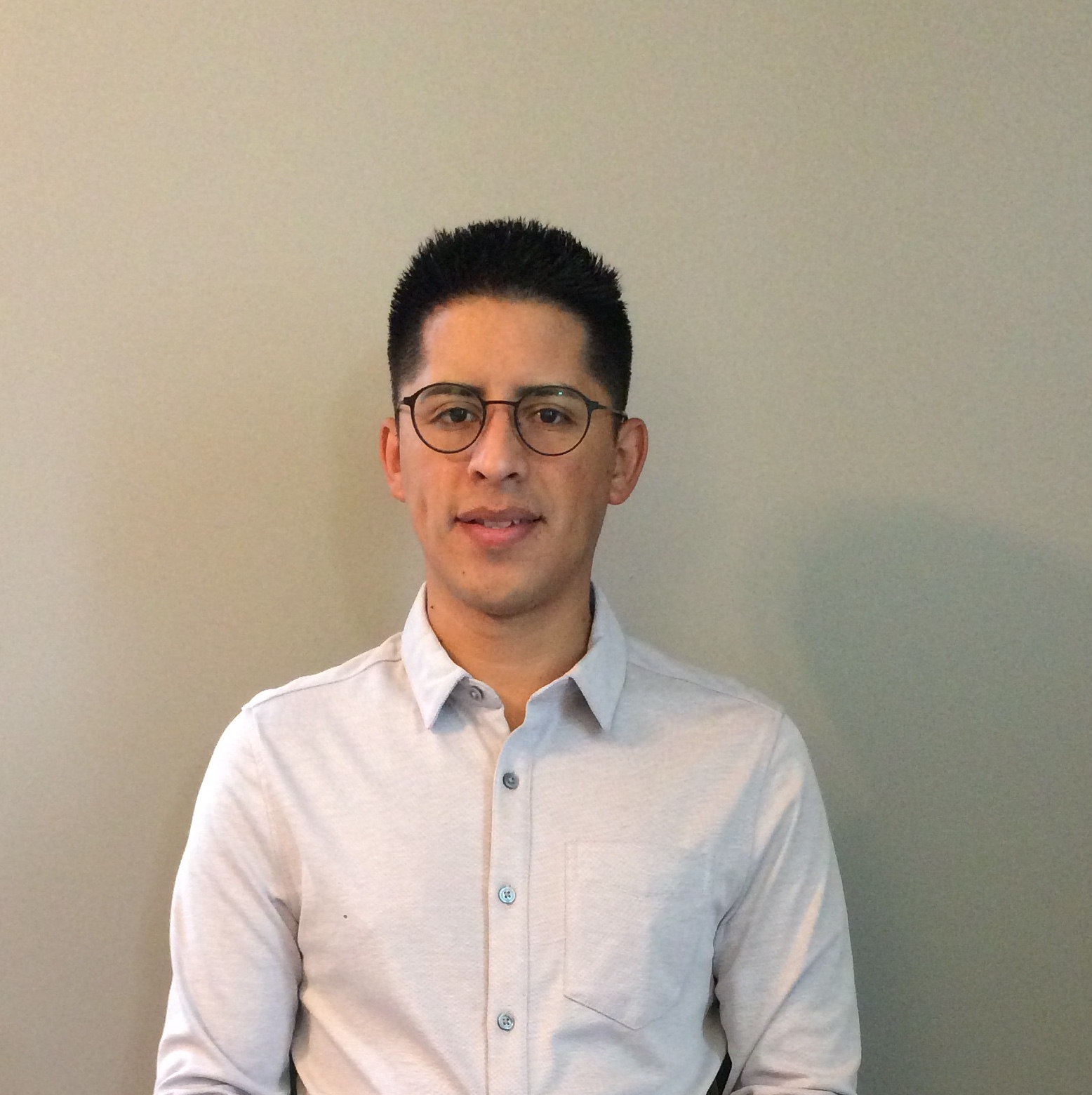Jose Ortega Carcano

Pronouns: He/Him/His
UROP Fellowship: Community College Summer Fellowship Program
Grand Rapids Community College
Research Mentor(s): Fadhl Alakwaa, PhD
Neurology
Presentation Date: Thursday, July 30, 2020 | Session 3 | Presenter: 9
Authors: Yazan Alheresh and Jose Ortega Carcano
Abstract
As of Monday (13 July 2020), the World Health Organization (W.H.O.) has confirmed over 566,000 deaths from the coronavirus (COVID-19) pandemic. The confirmed number of cases has surpassed 12 million worldwide and is still increasing (W.H.O., 2020). Covid-19 is transmitted through small respiratory droplets via direct contact from person to person, or indirectly through surfaces that people may come in contact with. Unfortunately, there is no vaccine, treatment, or cure for this infectious disease. As an urgent attempt, we are developing a data driven approach to identify a drug that could be used to treat COVID-19 patients. We used the connectivity map (CMap) database, which is the biggest drugs repurposing database, to find a drug that can reverse the gene expression of angiotensin-converting enzyme 2 (ACE-2) COVID-19 receptors•. CMAP can be used to develop hypotheses addressing many different types of biological and clinical problems. It contains over one million gene expression signatures from treatment of cancer and non-cancer cell types (CLUE, 2017), which as a result, has helped us find connections between the perturbations and ACE2 gene. Within the CMAP, we installed a cmapr package to provide us with the necessary tools to find connections between FDA-approved drugs and the gene signatures. The SARS-CoV-2 virus binds to ACE2 prior to entry and infects the cells. ACE2 is present in many cell types including the heart, blood vessels, kidneys, liver and gastrointestinal tracts (Sriram, 2020). With that said, it is also present in the lungs which is the main target of SARS-CoV-2. By using the Cmapr package we found that some of the drugs like Didanosine, Benzyl-quinazolin-4-yl-amine, Camptothecin and RO-90-7501 can be downregulated (a process of decreasing the number of receptors on the targeted cells so that they are less sensitive to the virus) by ACE2 (Alakwaa, 2020). We believe that these drugs are promising for the purpose of finding a cure to COVID-19, and we encourage other researchers to validate them in vitro/in vivo.
Google Slide Presentation
Presentation Script
Research Disciplines
Biomedical Sciences, Engineering



